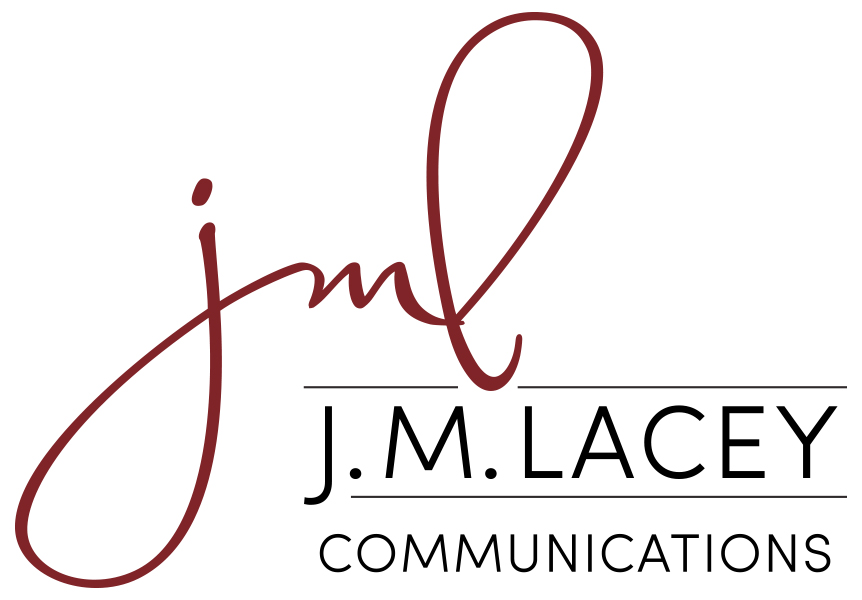One of my favorite series of novels is, “All Creatures Great and Small,” by James Herriott (aka James Alfred (“Alf) Wight), the Yorkshire veterinarian who, in the 1930s and beyond helped shed light on the challenges and joys of the veterinary practice. Not only is Herriott an excellent writer (and bestselling author), but he has a knack for masterfully pulling the reader into the scene and helping them feel what James is experiencing in the moment.
What I really enjoy about each book (there are four in the series) is that each chapter reads like a short story, and each narrative stands on its own. When you finish the book, you realize the stories come together as a whole and create a vivid image of James’s life.
Our brand story is similar in that instead of dumping the entire story into our audience’s lap, we feed them bits and pieces along the way, and they see the bigger picture toward the end. It is as if they are reading or seeing micro stories of our brand in our marketing mediums.
A powerfully effective marketing tool to feed our audience our brand story is our e-newsletter.
Since our brand story might be long and have a lot of detail, how can we share it in our newsletter? How often should we share our story in our newsletter? And what are effective ways to keep people interested in reading?
What to share or not to share in our newsletter
Your brand story might be an extended journey, the length of a memoir. Many business executives have written and published their stories in books.
Newsletters have limited space. So sharing a novel-sized story is not feasible in a marketing tool that should be used to grab attention and engage with your audience. And since most of us have developed limited attention spans, all the more reason to be brief.
Think of your brand story in pieces. What was the passion that ignited your beginnings? Why do you do what you do? How does your business reflect your values? What experiences can you share with others that helped you achieve your goals?
All of these questions create several stories you could share.
Another way to think about it is to tell the stories of people who are benefiting from your services. Companies do this all the time. It’s case study marketing. Only shorter. How have their lives changed since using your services or products? How does each of their stories tie into your brand?
You do not have to be compelled to compose the entire micro story in your newsletter either. Write the story, post it on a landing page or your blog, then share a piece of it, perhaps the opening paragraphs, in your newsletter, and add a link to take people to the full story.
How often should you send your newsletter?
I tell people you should send it according to your bandwidth. Which for some could be every day; others, once per month.
While one might be a bit extreme (especially since many of us weed through far too many emails in an afternoon), you can underdo it so that people lose interest and forget why they signed up.
Starting with once per month is reasonable. Some stories (especially case studies) take more time to collect the information and data. But you should be gathering stories as a part of your marketing practice. You could take one story and break it up. This might then enable you to send your newsletter once per week, which is the ideal goal.
Be consistent regardless of how often you send it. Send it the same day and time and don’t skip an issue.
How to keep subscribers interested in your news
Our subscribers signed up for our news on their own volition. Yet we have to continue to deliver what we promised by way of expected content.
The news of your organization, including events and programs; your case study stories; your founder’s messages, all tie into your brand. Give your readers something exciting to absorb. Something useful to them. A roadmap for their journey.
Remember what I said earlier that we wade through too many emails? Make sure your subject line pulls subscribers in so that they click open rather than delete.
Avoid writing a lengthy manuscript in the newsletter. Think chunks — perhaps one paragraph —to entice them. Whet their appetites with an interesting segue into the bigger article so that they click the link to read more.
Avoid using your newsletter to strictly sell your products, programs and services. Instead, focus on the positive stories that highlight your brand — your image — and let the reader decide. By all means mention your services, but be subtle.
Your newsletter is different than email marketing. The newsletter is about engagement and relationships. Email marketing is more about selling.
Easing the burden of producing newsletters
These techniques of sharing your story in pieces tie into the greater whole of your brand story. But it does help eliminate the daunting task of writing a novel-sized story. You know your story. You are simply creating engagement, mapping a journey, and generating interest all while strengthening relationships.
When you think “chunks” rather than “novels,” producing your newsletter is easier. You have your template and the direction. You have the stories. All you are doing is dividing them into bite-sized pieces, and consistently building upon your foundation.
Your e-newsletter is the ideal marketing tool to share your brand story. We are aiming to build relationships and trust through our brand, our image. Using our newsletter to highlight our values and goals helps us reach loyal followers. Share your story in pieces rather than all at once. Keep your newsletter “articles” brief and guide readers to your website to read the article in full. Send your newsletter consistently, either once per month or every week. Think of your readers when writing your content and how they benefit from your news. Avoid using your newsletter to sell products or services. Keep your newsletter simple to ease the burden of producing them.
Need help telling your business or author story? My brand training helps you live your brand by recognizing your story and learning how to use it effectively to enhance engagement and increase sales. Find out more here and book a call with me!


Recent Comments